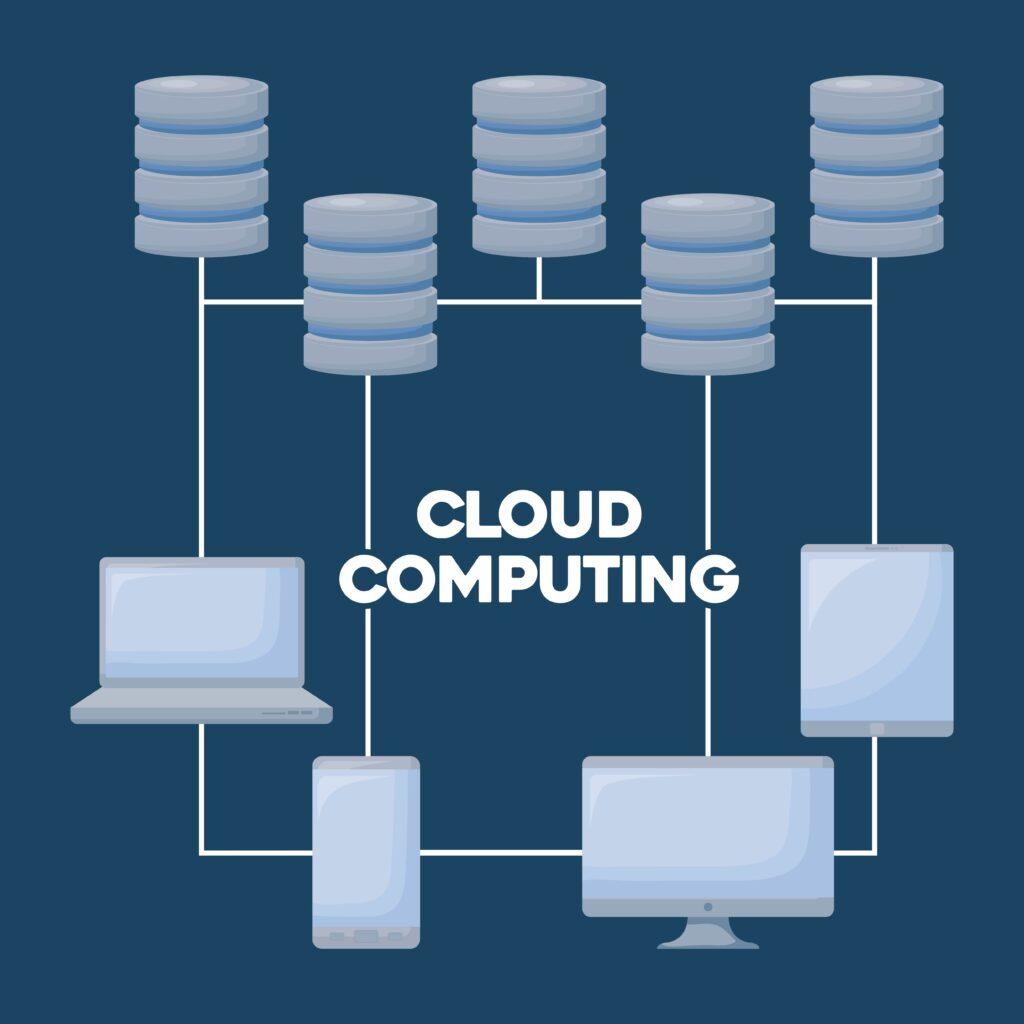
Terraform is Automating Cloud Infrastructures and Transforming DevOps
In today’s fast-paced digital economy, businesses are under immense pressure to scale operations, release software faster, and reduce manual errors—all while managing complex, ever-changing cloud environments.
According to Gartner, by 2025, over 85% of enterprises will adopt a cloud-first principle, and automation will be the key to making this scalable. This is where Terraform—an open-source Infrastructure as Code (IaC) tool developed by HashiCorp—has emerged as a powerful solution for automating cloud infrastructures across public, private, and hybrid clouds.
For enterprises and DevOps teams looking to gain speed, repeatability, and control over their cloud operations, Terraform is more than just a tool—it’s a strategic enabler. In this blog, we’ll explore how Terraform works, the benefits of automating cloud infrastructures, and the business impact it brings to organizations across the board.
The Problem with Manual Cloud Management
Before diving into how Terraform automates cloud infrastructures, it’s important to understand the challenge it solves.
Managing cloud infrastructure manually often leads to:
- Configuration drift across environments
- Slow, error-prone deployments
- Poor collaboration between teams
- Difficulty in replicating infrastructure for dev, staging, and production environments
All of this results in inefficiencies that directly impact time-to-market, reliability, and security.
What Is Terraform?
Terraform is a declarative Infrastructure as Code (IaC) tool that allows you to define your cloud infrastructure in simple configuration files using HashiCorp Configuration Language (HCL). It supports major cloud providers like AWS, Azure, and Google Cloud, as well as on-premises infrastructure via a wide range of providers.
But what makes Terraform revolutionary for automating cloud infrastructures is its plan → apply → manage workflow. You can define infrastructure as code, preview changes before applying them, and manage your cloud architecture version-controlled just like application code.
How Terraform Automates Cloud Infrastructures

Terraform automates cloud infrastructures in several impactful ways:
1. Declarative Configuration
Terraform enables users to declare the desired end state of infrastructure. Instead of issuing step-by-step instructions, you tell Terraform what the final configuration should look like, and it figures out the most efficient path to get there. This is crucial for consistency across environments.
2. Execution Plans and Safe Changes
When you run terraform plan, the tool generates an execution plan showing exactly what it will do to reach the desired state. This helps prevent surprises and ensures visibility before any changes are made.
3. Provisioning Across Multi-Cloud
Need to deploy to AWS, Azure, and GCP at once? Terraform’s provider system allows for a seamless multi-cloud experience. It abstracts cloud-specific APIs and enables unified workflows across vendors—another reason it’s become a favorite for automating cloud infrastructures.
4. State Management and Drift Detection
Terraform maintains a state file that reflects the current configuration of your infrastructure. This allows it to detect drift—when the real infrastructure differs from the desired state—and correct it automatically.
5. Reusable Modules
Modules are pre-packaged configurations that allow teams to define and reuse best practices across projects. Whether it’s a standard VPC setup, Kubernetes cluster, or CI/CD pipeline, modules make infrastructure scalable and maintainable.
Business Impact of Terraform’s Automation Capabilities
The business benefits of automating cloud infrastructures with Terraform are measurable and impactful. Here are some KPIs and real-world outcomes:
Faster Time to Market
Companies report a 30–50% reduction in provisioning time after adopting Terraform. Automating deployments allows development and operations teams to move faster, test sooner, and release more often.
Improved Infrastructure Consistency
By codifying infrastructure, teams ensure that environments are consistent and repeatable. This minimizes “it works on my machine” problems and drastically reduces post-deployment bugs.
Cost Optimization
Terraform enables better resource tracking and controlled deployments, which helps reduce cloud spend. By removing unused resources automatically, companies have reported 10–20% savings on their monthly cloud bills.
Enhanced Collaboration and DevOps Alignment
Because infrastructure is written as code, it can be version-controlled, peer-reviewed, and audited just like application code. This boosts collaboration between developers and operations, aligning with modern DevOps practices.
Real-World Use Case: Automating Multi-Tier Web Apps

Imagine a growing SaaS company needing to deploy a multi-tier application across AWS and Azure for redundancy. Using Terraform:
- The frontend, backend, and database tiers are defined as modular components.
- Cloud resources (EC2 instances, load balancers, virtual networks, etc.) are provisioned in minutes, not hours.
- When the team needs to scale or update configurations, a simple code change and terraform apply updates all infrastructure.
The company eliminates human errors, reduces provisioning time from hours to minutes, and ensures compliance by embedding security best practices in reusable modules.
Terraform in the Age of AI, Edge, and Hybrid Cloud
As organizations adopt AI workloads, edge computing, and hybrid cloud environments, Terraform’s automation capabilities are becoming even more critical. The ability to orchestrate complex infrastructure setups with repeatable code gives enterprises a competitive edge.
AI workloads, for instance, often require provisioning GPUs, autoscaling compute clusters, and managing large storage volumes. Terraform modules make it easy to automate these deployments and integrate them into MLOps pipelines.
Getting Started with Terraform
For teams looking to begin automating cloud infrastructures using Terraform:
- Start small with a single environment or service (e.g., a VPC setup on AWS).
- Use Terraform Cloud or Terraform Enterprise for collaboration, policy enforcement, and remote state management.
- Gradually build reusable modules that can be shared across teams.
- Integrate with CI/CD pipelines for end-to-end automation.
Terraform has a strong open-source community, detailed documentation, and thousands of publicly available modules, making it accessible even for beginners.
Final Thoughts
Automating cloud infrastructures is no longer optional—it’s a strategic imperative for organizations aiming to stay competitive in today’s digital landscape. Terraform stands at the forefront of this transformation, enabling teams to build, scale, and manage cloud infrastructure with speed, safety, and confidence.
By investing in Terraform and Infrastructure as Code, businesses not only reduce operational overhead but also unlock agility, consistency, and innovation.

